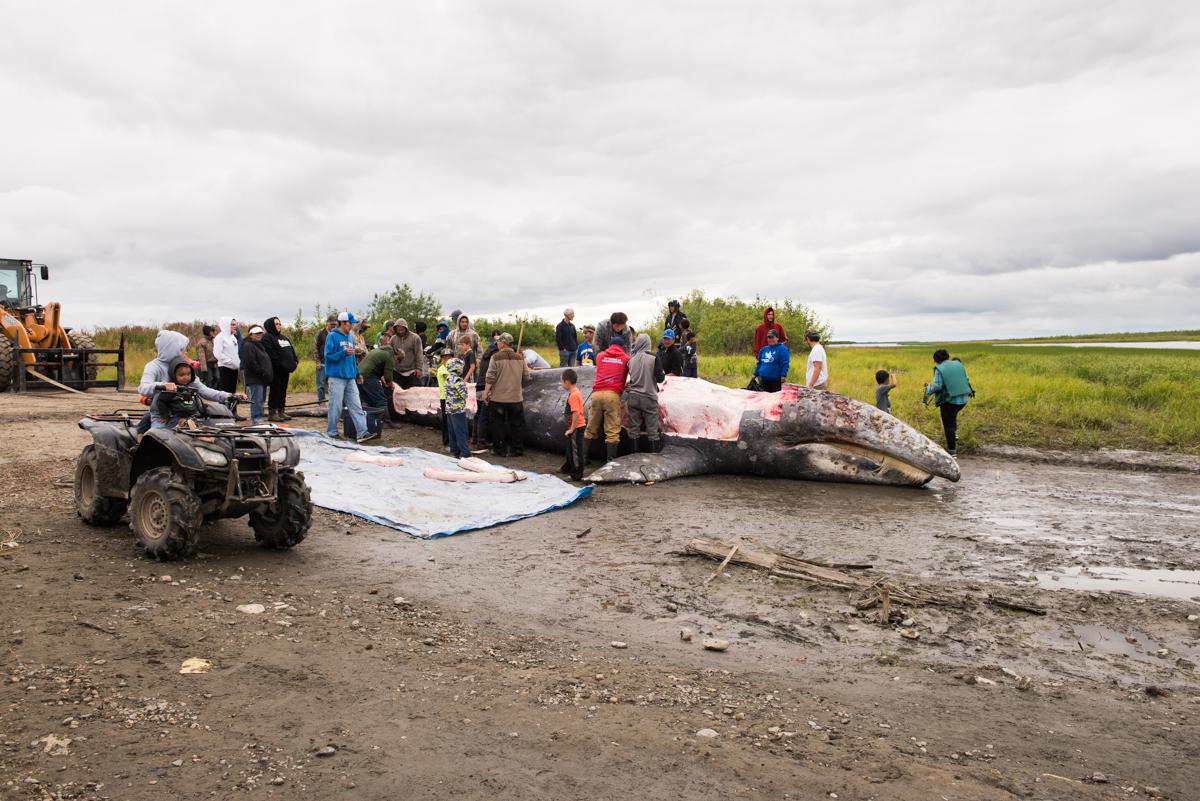
Climate change may be responsible for pushing Alaska’s Gray Whales up into estuaries and rivers like the Kuskokwim.
Oregon-based whale biologist Dr. Carrie Newell said Gray Whales spend six months of the year in Alaskan waters feeding – digging into the muddy bottoms of the North Pacific, Bering Sea and Arctic Ocean, looking for tiny shelled creatures known as amphipods.
“They are about a half inch to an inch long,” Newell said. “The Grays need to eat about a ton of those a day.”
Alaskan waters have warmed significantly with climate change, and one result is less of these cold-water-loving crustaceans to feed Gray Whales, which sends the inquisitive whales into new habitat. looking for food. Newell said This could be the reason , why the whale went 60 miles up the Kuskokwim.
“I know that up in Alaska the Gray Whales are not doing nearly as well as they are down here for food,” Newell said. “And so it was maybe trying to look for a new source of food because the food, the amphipods they primarily have fed on in Alaska have not been doing as well as they have in the past.”
In other words, the whale may have been hungry. She said it was probably a male and at 37 feet it probably weighed 37 tons.
Most of the East Pacific Gray Whales spend their summers in Alaska eating, and their winters in Mexico off the Baja Peninsula, breeding and calving.
Anna Rose MacArthur is a reporter at KYUK in Bethel.




